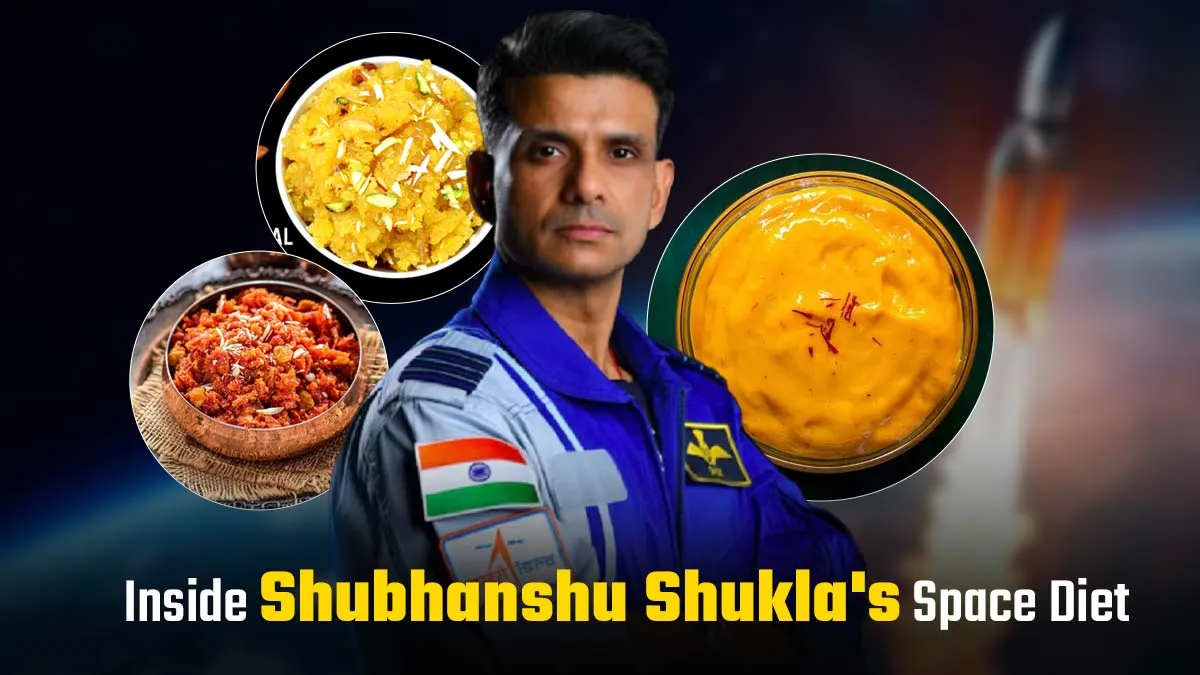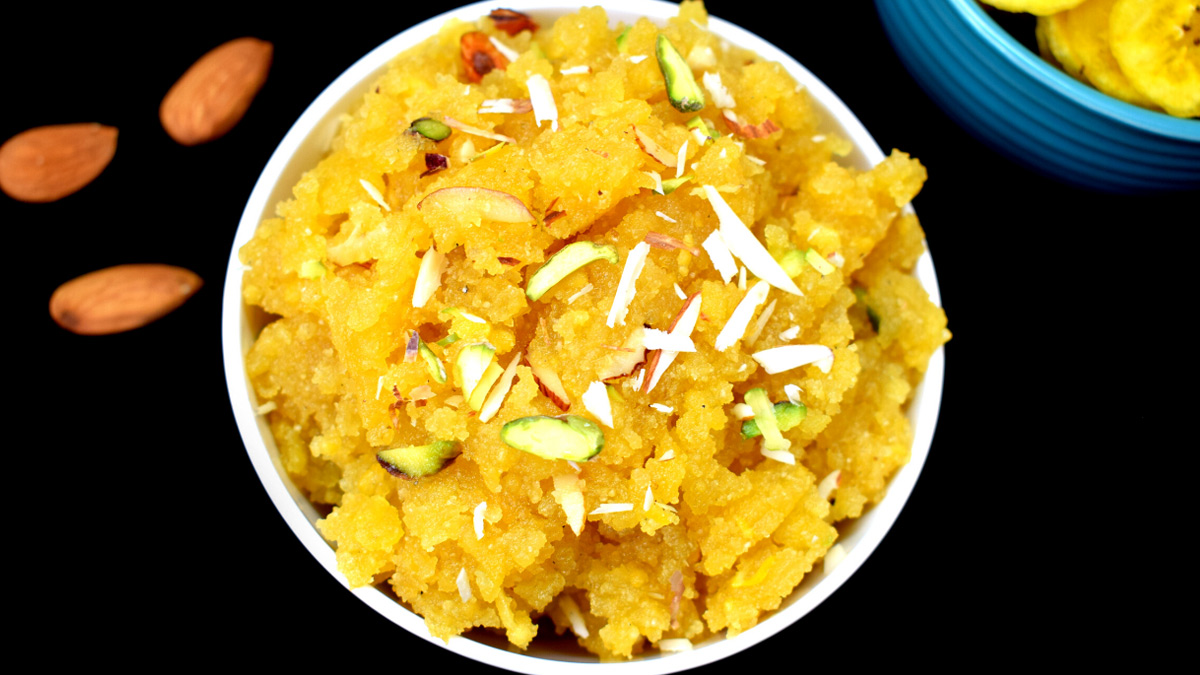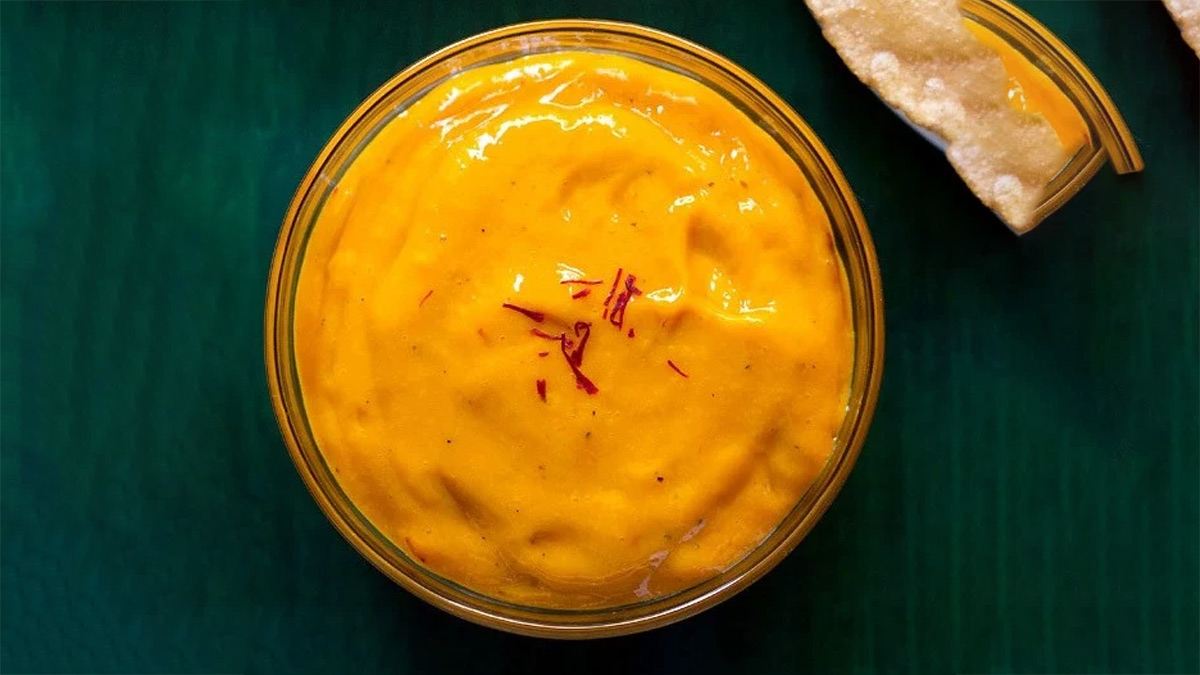
Food in space is not just about nutrition. It is about comfort, culture, and health. Astronauts need meals that are tasty, easy to eat, and packed with energy. Eating well helps them stay strong and focused during long missions. For Indian astronaut Shubhanshu Shukla, food from home is a big part of his journey. He is set to travel to the International Space Station (ISS) on Axiom Mission 4. This mission is a big step for India. It is a joint effort by ISRO, NASA, and the European Space Agency. Shukla will spend 14 days in space. During this time, he will enjoy special Indian dishes. These meals are made just for space travel.
Table of Content:-
Shubhanshu Shukla’s Mission and the Food He Will Eat
What Shubhanshu Shukla eats in space at International Space Station.... #ISS #AXIOM4 #Ax4 #Shuks @Space_Station pic.twitter.com/Xt4stcuIqP
— Indian Rocket Girl (@VU3BIZ) June 8, 2025
Shubhanshu Shukla is making history as the first Indian to go to the ISS on this mission. He will be the pilot. His crew includes astronauts from the USA, Hungary, and Poland. The mission is about science, but also about culture. Shukla will get to eat “ghar ka khana” or home food in space. This is thanks to ISRO and DRDO. They have created special meals for him. The menu includes moong dal halwa, gajar ka halwa, and aam ras. There are also rice dishes and other Indian treats.
Moong dal halwa is a sweet made from green gram. Gajar ka halwa is a carrot-based dessert. Aam ras is a mango pulp drink. All these are easy to eat in space. They are made to be light, easy to store, and quick to prepare. The food is ready-to-eat or semi-hydrated. Shukla just needs to add water and warm it up before eating.
Shukla’s mission is not just about food. He will do many science experiments. One of them is growing green gram and fenugreek seeds in space. This is to see if these superfoods can be grown for future space missions.
How These Foods Will Help Shubhanshu Shukla in Space![Shubhanshu Shukla diet 1 - 2025-06-12T114542.919]()
Moong dal halwa is rich in protein and fibre. It helps with muscle growth and digestion. This is important in space. Astronauts can lose muscle and bone mass quickly in zero gravity. Eating enough protein helps slow this down. A strong immune system is key when you are far from home and medical help.
Gajar ka halwa is made from carrots and is rich in beta-carotene. This turns into vitamin A in the body. Vitamin A is good for eyesight and skin health. In space, eyes can get tired from looking at screens and working in artificial light. Eating carrots helps keep eyes healthy.
Aam ras is made from mangoes. Mangoes are full of vitamin C and antioxidants. Vitamin C boosts the immune system. Antioxidants help fight stress in the body. Space travel is stressful. The body has to deal with radiation and changes in gravity. Eating foods rich in antioxidants helps protect the body.
All these foods are also easy to eat in zero gravity. They are not messy. They do not float around. This makes mealtime safe and enjoyable. The food is also made to last long and stay fresh. This is important for space missions where there is no fridge.
A study published by NASA on space food shows that astronauts need a balanced diet. The diet must have enough calories, protein, vitamins, and minerals. It must also be easy to digest and tasty. This helps astronauts stay healthy and happy. The study also shows that familiar foods are important. They help reduce stress and make astronauts feel at home.
ALSO READ: What Is Gond Katira (Tragacanth Gum)? Is It Safe To Consume Daily
How These Food Items Will Operate In Space![aam ras in space 3 - 2025-06-12T114541.263]()
When Indian astronaut Shubhanshu Shukla takes moong dal halwa, gajar ka halwa, and aam ras to the International Space Station, these foods will be specially packed for space travel. Space food is designed to be safe, easy to eat, and long-lasting in zero gravity conditions.
Packing Methods for Space Food:
- Vacuum Sealing: Most space food is vacuum-sealed to remove air. This keeps the food fresh for a long time and prevents spoilage.
- Thermo-Stabilised Packaging: Foods like halwa and aam ras are often made shelf-stable through heat treatment. They are then packed in pouches or foil packets.
- Rehydratable Pouches: Some foods are dried and packed in pouches. Astronauts add hot or cold water to rehydrate themselves before eating. This saves weight and space.
- Single-Serve Portions: Each meal is packed in individual, easy-to-open containers. This helps astronauts eat quickly and keeps food from floating away.
- Easy-to-Open Design: The packaging is designed so astronauts can open it with one hand, as movement is limited in space.
Special Considerations for Indian Space Food:
- No Mess, No Crumbs: The food is made so it does not crumble or float around. This is important for safety and hygiene in zero gravity.
- Ready-to-Eat or Quick-Prep: Moong dal halwa and gajar ka halwa are packed ready-to-eat or only need a quick warm-up. Aam ras is usually packed as a drinkable pulp.
- Lightweight and Compact: All packaging is lightweight to save on launch weight and easy to store in the limited space on the ISS.
ALSO READ: Sorbet vs Sharbat: Expert Shares the Real Difference Between Summer Treats
Conclusion
Food in space is more than just fuel. It is about health, comfort, and culture. For Shubhanshu Shukla, eating Indian sweets like moong dal halwa, gajar ka halwa, and aam ras will help him stay strong and happy. These foods are packed with nutrients. They are easy to eat in zero gravity. They also remind him of home, which is important for mental health during long missions.
Also watch this video
How we keep this article up to date:
We work with experts and keep a close eye on the latest in health and wellness. Whenever there is a new research or helpful information, we update our articles with accurate and useful advice.
Current Version

